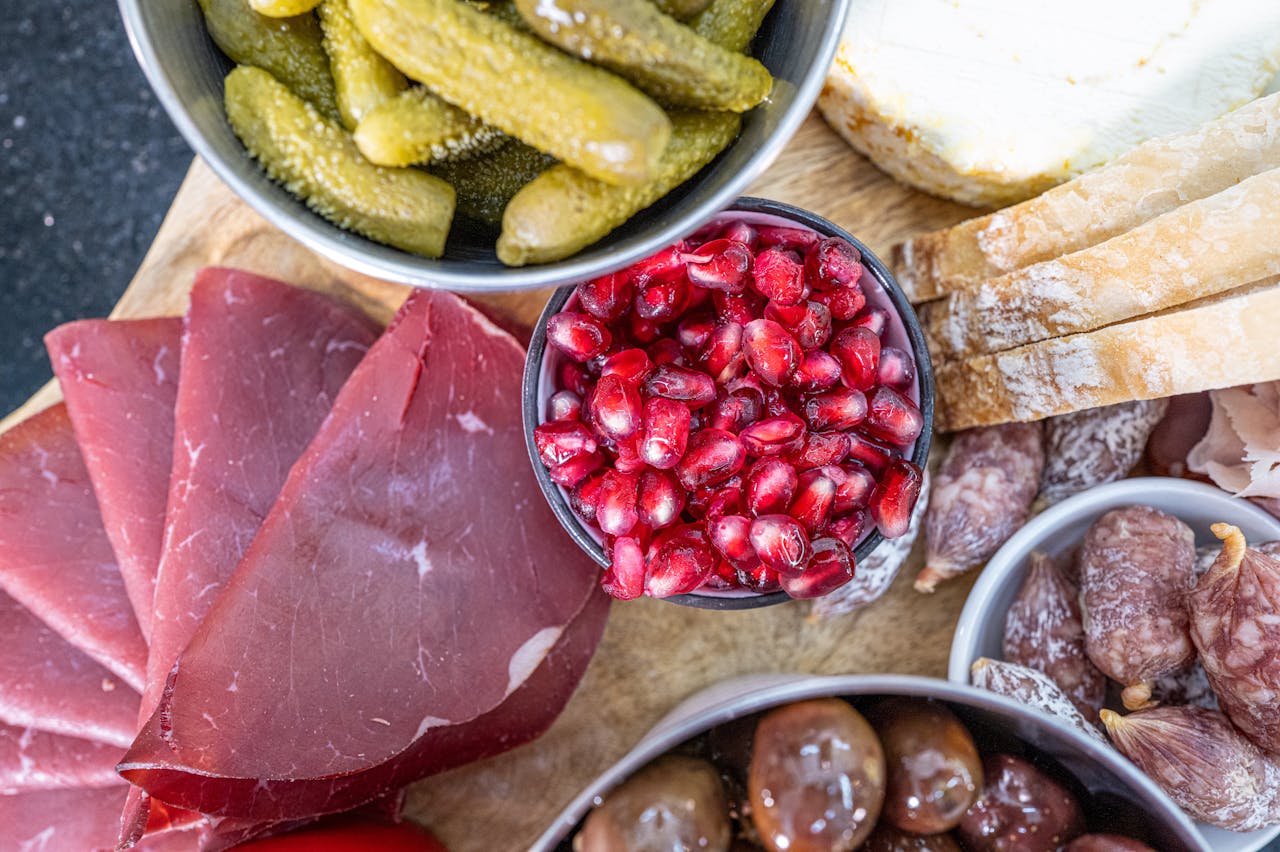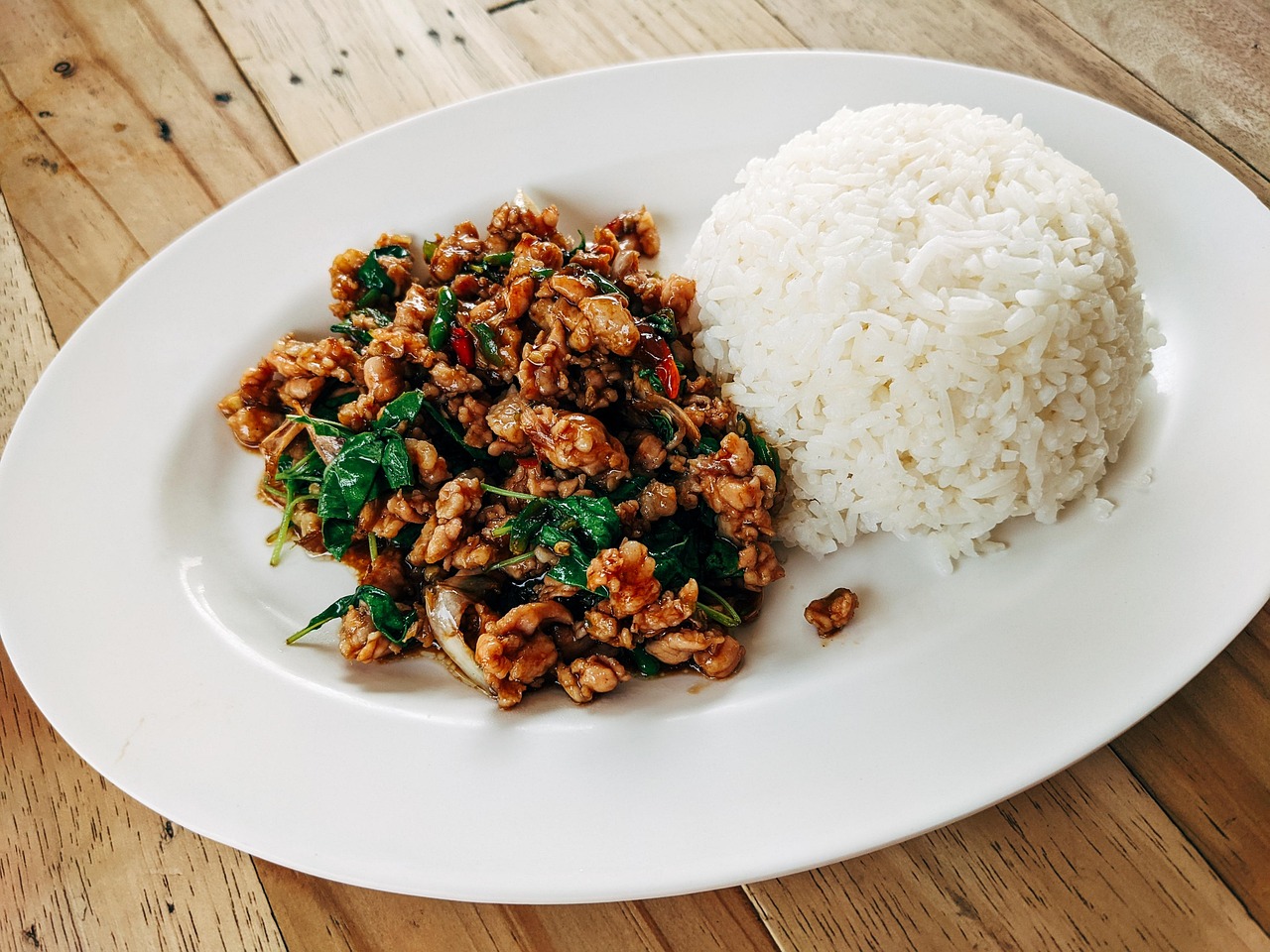10 Types of Fish That Taste Worse Than You Expect
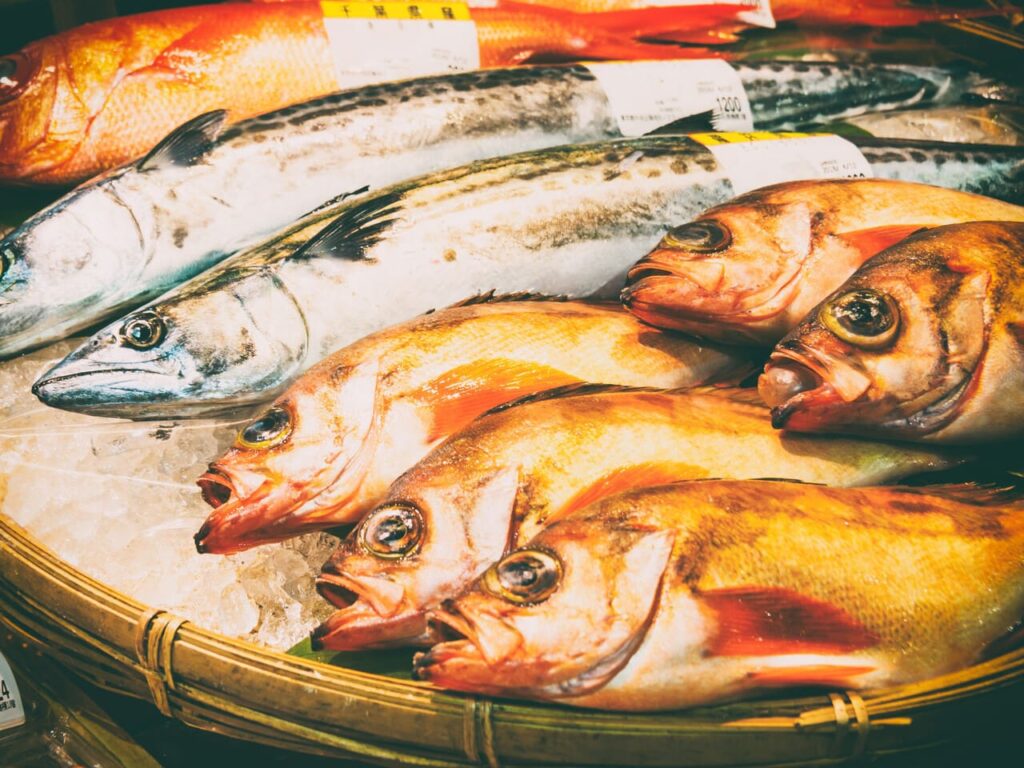
Fish is often considered a safe, versatile protein, but reality doesn’t always match the promise. While some varieties taste clean and delicious no matter how you cook them, others are notorious for falling flat. Sometimes the flavor is too muddy, sometimes the texture feels wrong, and other times the fish spoils quickly or lacks character altogether. Many people order these options at restaurants or bring them home from markets expecting a satisfying meal, only to find themselves wondering why it didn’t live up to the hype.
1. Carp

Carp has cultural value in parts of Europe and Asia, but many diners elsewhere find it hard to enjoy. The problem is its habitat: carp live in muddy freshwater, and that earthy environment seeps into the flesh. Even if seasoned well, the taste can remain unpleasantly murky. The meat itself is coarse and loaded with tiny bones, which makes eating it a chore. People often try carp expecting a mild freshwater fish and instead get a mouthful of flavor that feels dirty and overpowering, which explains why it rarely impresses newcomers.
2. Catfish
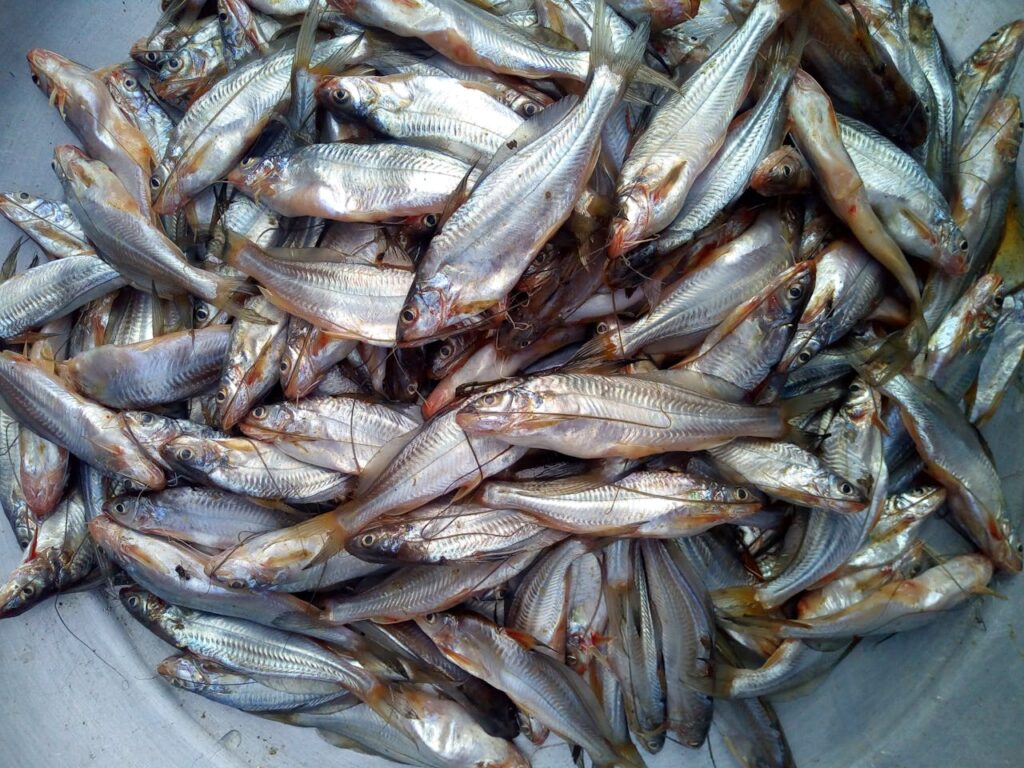
Catfish can go either way depending on where it comes from. Farm-raised versions tend to be cleaner tasting, but wild catfish often disappoint. As bottom feeders, they soak up the flavors of muddy water, leaving the flesh with a strong, sometimes funky taste. The texture can feel soft and fatty rather than flaky, which many find off-putting. Even frying in batter doesn’t always disguise that underlying flavor. People ordering catfish for the first time often expect something mild and pleasant, only to be surprised by how strong and earthy it tastes.
3. Tilapia
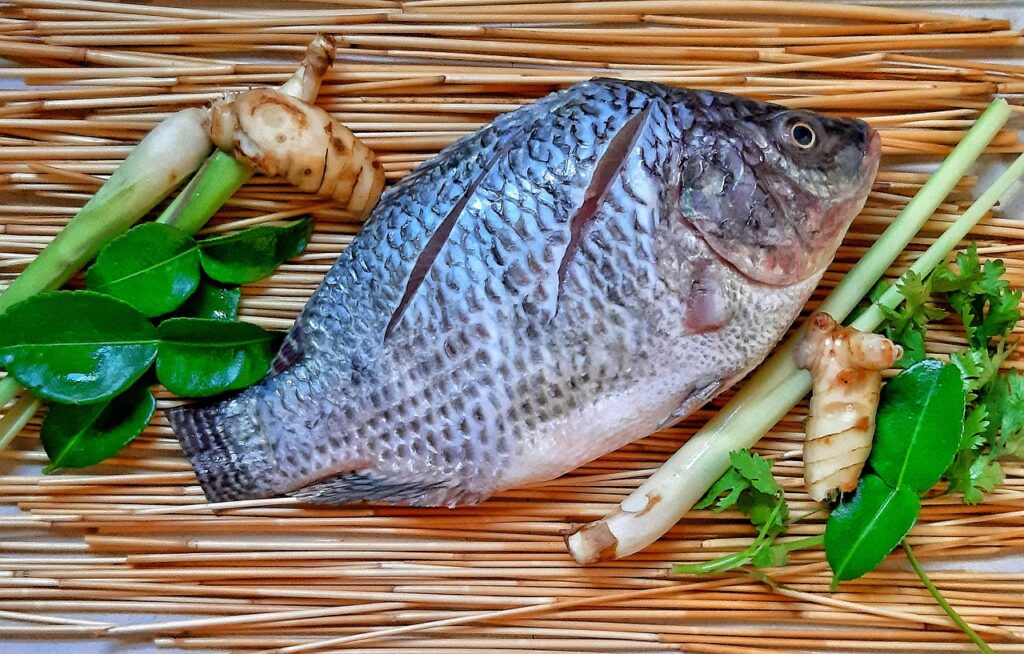
Tilapia is one of the most common fish sold today, but that doesn’t mean it wins people over. In fact, many complain that tilapia tastes like almost nothing at all. Instead of offering a clean, delicate flavor, it can feel dull or, when poorly raised, carry a faint musty note. The flesh is soft and can become mushy in cooking, which takes away from the eating experience. For diners looking forward to seafood with character, tilapia rarely delivers. It often feels like a filler protein instead of a flavorful main course.
4. Bluefish
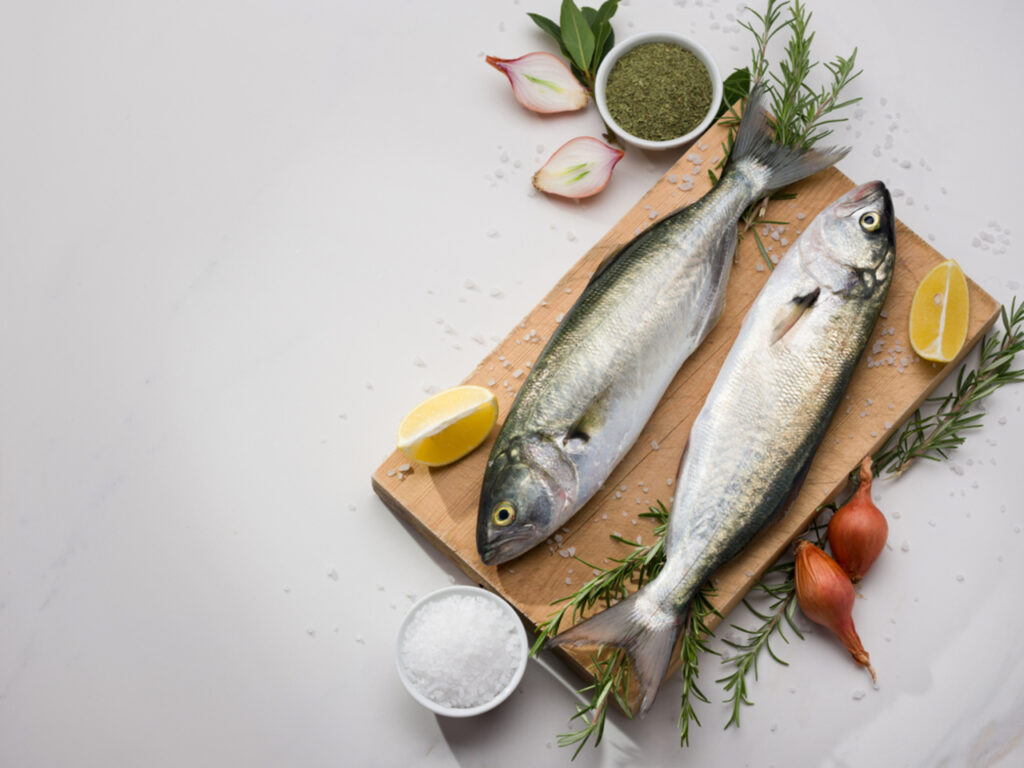
Bluefish is loved by sport anglers for the thrill of catching it, but less so by those who try to eat it. The flesh is oily, dark, and carries a strong, gamey flavor that overwhelms diners who expect something lighter. Unlike white fish that stay fresh longer, bluefish spoils rapidly, and once past its prime it tastes rancid. Even when caught and cooked the same day, the bold flavor doesn’t appeal to everyone. Many people who order bluefish for the first time walk away wishing they had picked something cleaner and more approachable.
5. Mackerel
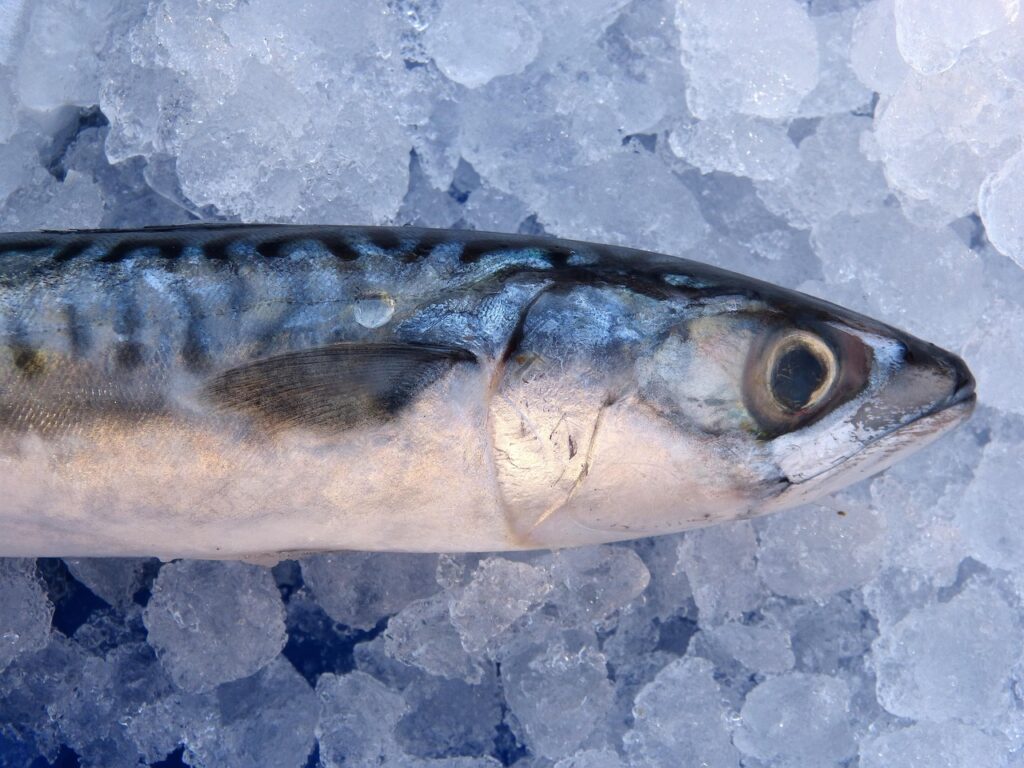
Mackerel divides opinions sharply. It’s prized for being nutritious and rich in omega-3s, but the taste can be a shock. The flesh is oily, dense, and highly fishy, stronger than most people anticipate. If it’s not perfectly fresh, it quickly develops a pungent aftertaste that clings to the palate. Certain cuisines prepare it brilliantly with bold spices or pickling, yet outside those traditions it often feels too intense. People expecting a simple, mild fish are usually surprised by just how assertive and, for some, unpleasant mackerel can be.
6. Swordfish

Swordfish looks impressive when served as a thick steak, but its flavor often fails to match its appearance. The texture is dense and can easily turn dry if slightly overcooked, leaving it chewy rather than satisfying. Some people notice a faint metallic or overly rich taste that becomes tiring after a few bites. While swordfish can work in certain dishes, it rarely appeals to those looking for a mild, delicate seafood option. Diners often come in expecting a steak-like experience but leave wishing for something more balanced and flavorful.
7. Monkfish
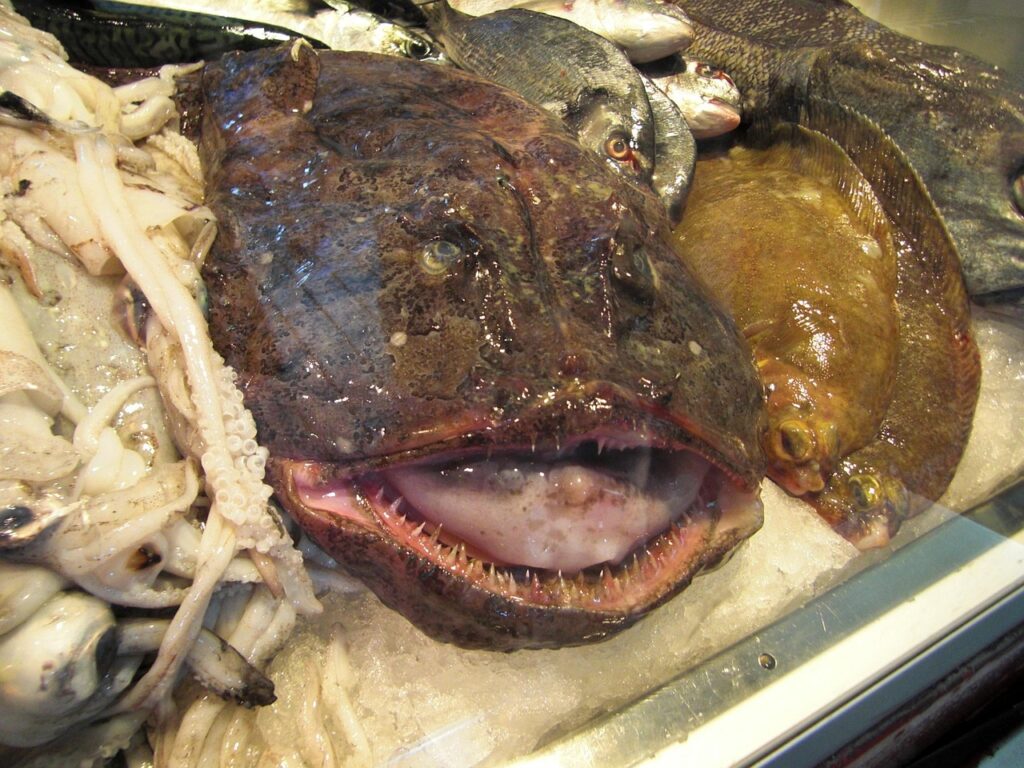
Monkfish is sometimes marketed as a cheaper stand-in for lobster, but the comparison is misleading. While the flesh is firm, it often has a rubbery texture that makes it less enjoyable to eat. The flavor can be mild to the point of dullness, lacking the natural sweetness that makes lobster so popular. Many people also find its appearance unsettling when they see the whole fish. For all the hype, monkfish rarely impresses on its own. Instead of feeling like a treat, it tends to leave diners wondering what the fuss is about.
8. Haddock
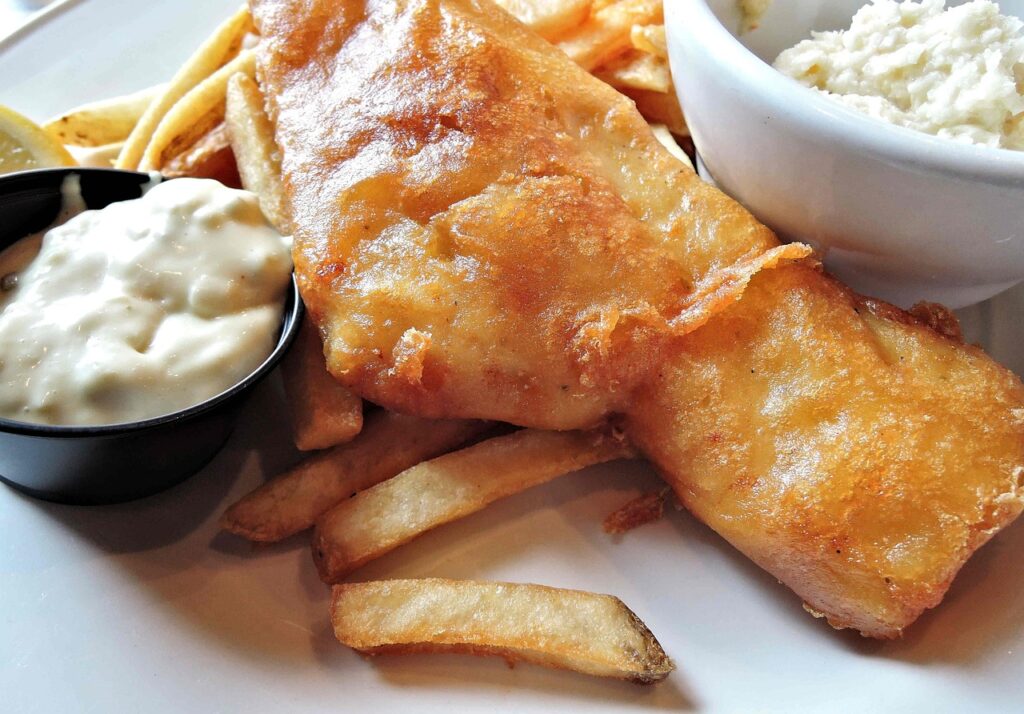
Haddock is a staple in fish and chips, but without batter and frying, it often tastes underwhelming. Compared to cod, which has a clean, firm flavor, haddock’s flesh can seem watery and less satisfying. The texture doesn’t flake as nicely either, which hurts the overall eating experience. Unless dressed up with sauces or heavy breading, haddock can come across as bland and unremarkable. For those expecting a versatile white fish that works in many dishes, haddock often falls short and feels like a weaker alternative to its more popular cousins.
9. Basa (Pangasius)
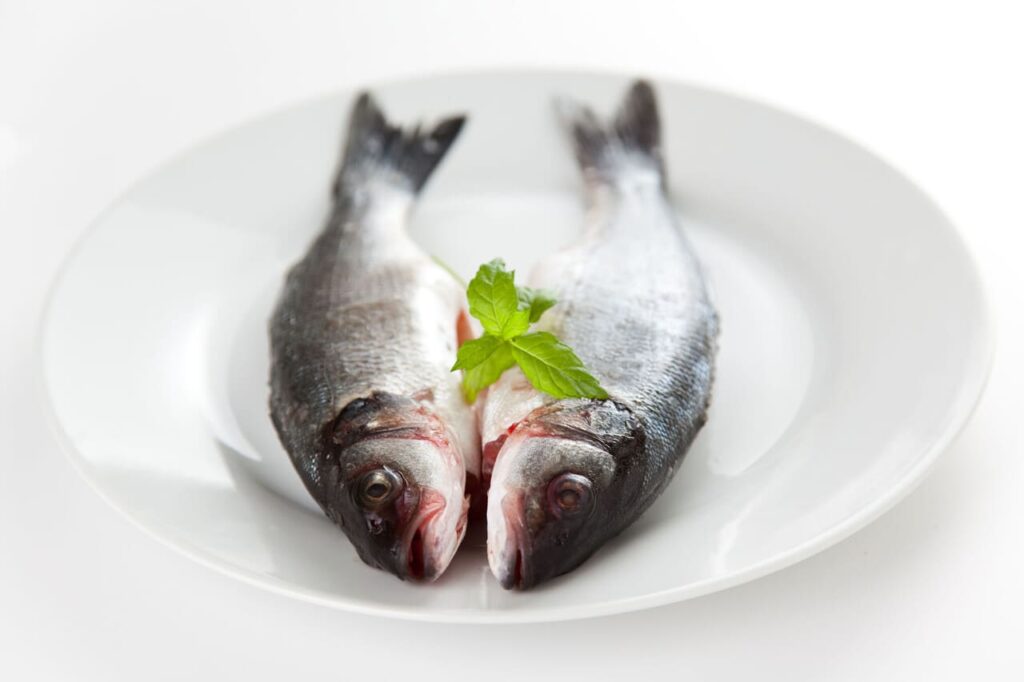
Basa, also sold as pangasius or swai, is widely available because it’s cheap to farm and export. The problem is that it rarely offers much in the way of taste. The fillets are soft, watery, and fall apart easily when cooked. Instead of bringing a clean, fresh flavor, basa often feels dull and forgettable, like a filler rather than a centerpiece. On top of that, questions about farming conditions in some countries have hurt its reputation. For diners hoping for value, basa ends up delivering a meal that feels lackluster at best.
10. Eel
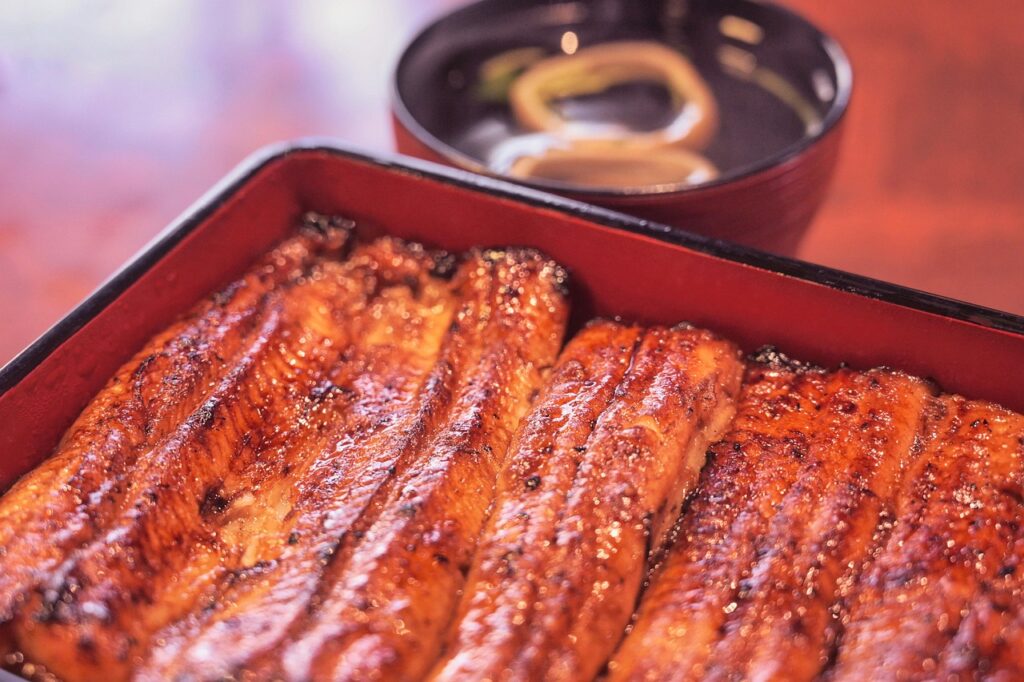
Eel is beloved in certain cuisines, particularly Japanese, but for many first-timers, it can be difficult to appreciate. The flesh is oily and dense, giving it a heavy feel unlike most fish. Its natural flavor is earthy and strong, often requiring thick sauces to make it palatable. Without those, it can taste greasy and overwhelming. People expecting delicate seafood usually find eel jarring, both in texture and taste. While it has dedicated fans, it’s one of those fish that often disappoints newcomers more than it delights them.


